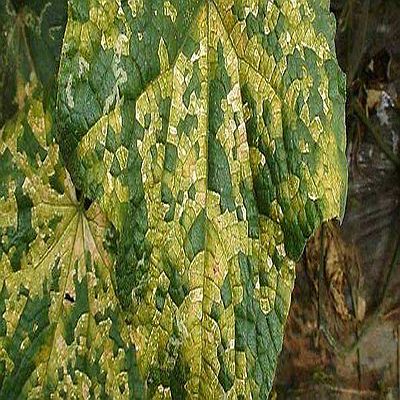Cnidium Extract (Osthole)——High activity, slight toxicity and no residue.
Fructus Cnidii is a kind of plant, also known as wild carrot seed. It is picked in summer and autumn. It has a mild temperament and a little bitter taste. The extract of Fructus Cnidii comes from the fruit of Umbelliferae snake bed. Its effective components include pinene, Bornyl isovalerate, osmol, dihydrocaryol, bergamot lactone, cnidiadiadin, isopimpinellin, etc. Osthol, a coumarin compound in Fructus Cnidii, has a variety of biological activities, including antibacterial, anti-inflammatory, anti-tumor, anti osteoporosis and so on. It can also be used as a biological pesticide. Osthol has the structure of isopentene, a pesticide active gene, and shows unique insecticidal and antibacterial activity. The results show that Osthol not only has an effect on the egg mass of Pieris rapae, Plutella xylostella, aphids and other pests and Noctuidae, but also has a significant inhibitory effect on plant pathogenic fungi such as cucumber powdery mildew, grape downy mildew, Phytophthora capsici and wheat Gibberella. Osthol as a botanical pesticide has the characteristics of safety, environmental protection, organic green, broad spectrum, high efficiency, low toxicity and no residue. At the same time, it also has the function of keeping green and prolonging the functional period of leaves. The Insecticidal Mechanism of Osthol is to inhibit insect acetylcholinesterase, affect the nervous system, lead to non functional contraction of insect muscle, and finally die of exhaustion. The bactericidal mechanism is to inhibit calcium absorption, affect cell growth and spore germination, and hinder chitin deposition on cell wall. The villi of noctuid moth egg mass are mainly composed of chitin. The effect of Osthol on noctuid moth egg mass is likely to dissolve the villi on noctuid moth egg mass, reduce the adhesion of egg particles, and reduce the hatching rate. Osthol is a plant-derived insecticide. Its mode of action is mainly contact killing, supplemented by gastric toxicity. The drug solution is absorbed into the insect body through the body surface and acts on the nervous system of the pest, resulting in the non functional contraction of the muscle of the pest, and finally dies of exhaustion.
Characteristics of Osthol:
It has high activity, slight toxicity and no residue.
Efficiency. Osthole inhibits chitin deposition on insect body wall and fungal cell wall, and also inhibits the insecticidal and antibacterial activities. It also inhibits the sporulation, germination, adhesion, invasion and germ tube elongation of the pathogen and the nervous system of adorable insect. Therefore, when spraying only 1 grams of osthole in 667 square meters, the control effect on pests and diseases can reach 85% ~ 95%, which is equivalent to that of chemical pesticides. Break through the previous biological pesticides, environmental protection but not efficient.
No residue. Its residue in cucumber fruit could not be detected 3 days after treatment, so it remained in the environment for a short time and had no pollution to the environment.

